What is the tolerance range of precision screws?
What is the tolerance range of precision screws?
Service Hotline
+86760-8787 8587We have more than ten years of experience in screw industry production. The main products are: aluminum profile diamond nut, Dacromet hexagon screw, black cross round head bolt, aluminum hex bolt, pin isolation column, reverse button screw, hand-tightened butterfly nut, straight through Column nylon bushing, single-head nylon column stud, DIN917 hexagonal cap nut, nut set combination with baffle, drill tail flat washer, industrial automation nut-shaped nut, screw cap nut, blind hole copper flower nut, etc. Due to the different materials and specifications of the products, the prices are also different, if necessary, please contact us.


The composition and proportion of this high-performance stainless steel screw thread are: 0.08%-0.15% C; 0.01%-0.60% Si; 0.02%-0.60% Mn; 0.01%-0.03% P; 0.002%- 0.03% S; 12%-14% Cr; 0.8%-1.5% Mo and the rest is Fe. The preparation method includes the following steps: smelting molten steel according to chemical composition requirements; hot rolling; annealing and pickling to obtain a stainless steel plate blank; coating and drying; cold drawing; cleaning and drying with a neutral activator; quenching; tempering ; coated and dried; drawn into stainless steel thread. This high-performance stainless steel screw line is energy-saving and environmentally friendly, with high corrosion resistance, high elasticity and high toughness. The preparation method and process are advanced and simple, and the production cost is low.
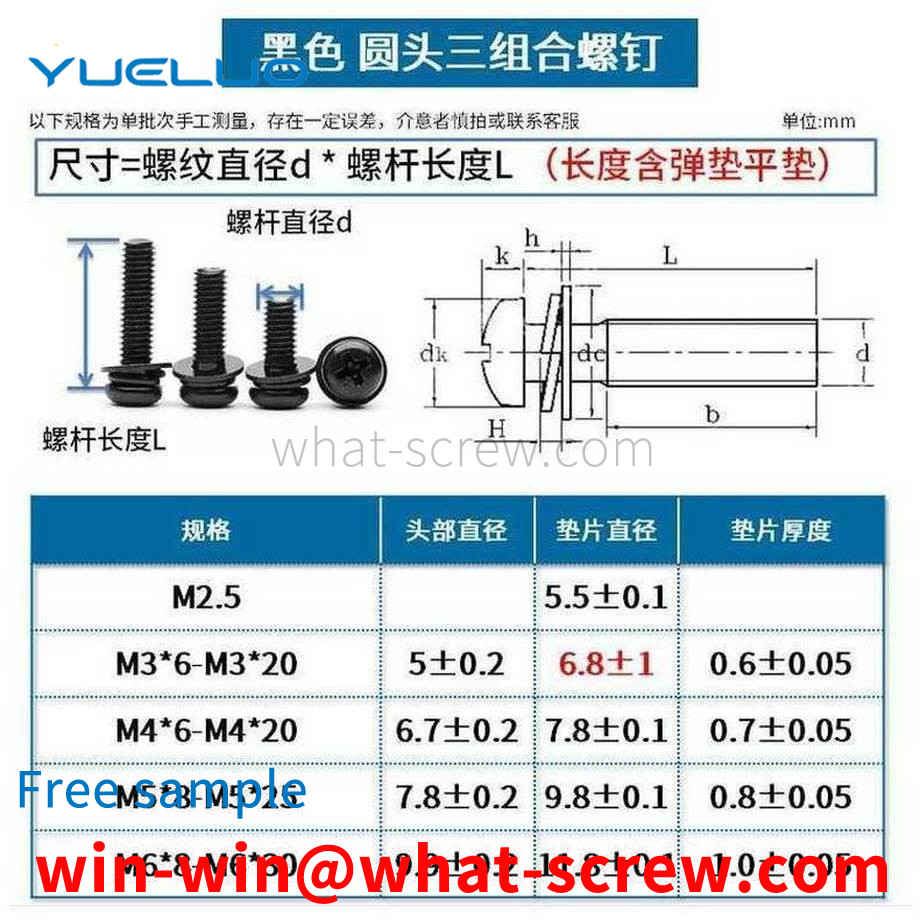
Anti-corrosion technology Stainless steel screws are made of metal, and there are four main methods for metal anti-corrosion, namely the properties of the material itself, the environment of use, the interface between materials and the environment, and the improvement of the metal structure design. If a complete anti-corrosion alloy is used to make stainless steel Screws, unless there is a special need, are not cost-effective in terms of economics, and it is also impractical to completely isolate the appearance of the screw from environmental elements that can cause corrosion. Improving the metal structure design can improve the influence of special circumstances under certain conditions, but the design of most stainless steel screws cannot be fully corrected, and its maintenance effect is not permanent, so this method cannot basically solve the problem, as long as it is on the surface. Top anti-corrosion, that is, surface anti-corrosion treatment is the most widely used method. The anti-corrosion treatment on the surface of stainless steel screws refers to the use of various methods to apply a protective layer on the metal surface. The purpose of avoiding or mitigating corrosion. The protection layer should be able to meet the following requirements: 1. Corrosion resistance, wear resistance, high hardness, 2. The structure is tight, intact, and the pores are small. 3. It has strong separation and good adhesion with the base metal. 4. It is evenly distributed and has a certain thickness. The maintenance layer is usually divided into two types: metal coating and non-metallic coating. Metal coating refers to the use of metal or alloy with strong corrosion resistance to form a maintenance layer on the surface of metal that is easy to corrode. This coating is also called plating. There are quite a few methods and varieties to produce metal coatings, the most common of which is electroplating, followed by molten metal immersion plating (hot dipping) and chemical surface treatment. Non-metallic coating refers to the use of organic polymer materials such as paint and inorganic materials such as ceramics to form a protective layer on the surface of metal equipment or parts. The protective layer can completely isolate the base metal from the environmental medium and prevent the base metal from corrosion due to contact. Corrosion is formed in the medium of stainless steel standard parts.

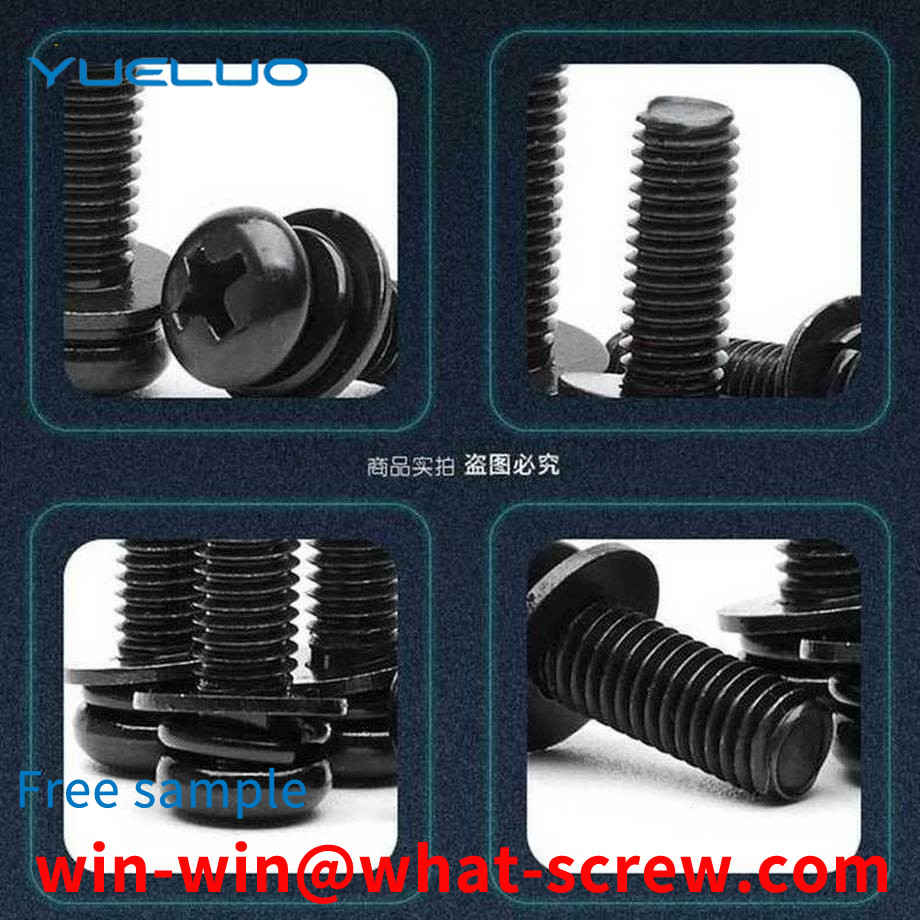
The automatic screw-removing device includes a manipulator and a screw-removing mechanism arranged on the manipulator, and the electric batch can drive the bit to rotate to remove the screws. Therefore, the above-mentioned automatic screw removal device can automatically remove the screws, which improves the removal efficiency and reduces the production cost. At the same time, the above-mentioned automatic screw removal device determines the coordinates of the screw through the visual recognition unit, which improves the degree of screw positioning, thereby improving the yield of the screw removal. The above-mentioned screw removal method can realize the automatic removal of the screw, and adsorb the screw through the bit head and drive the screw away from the workpiece.
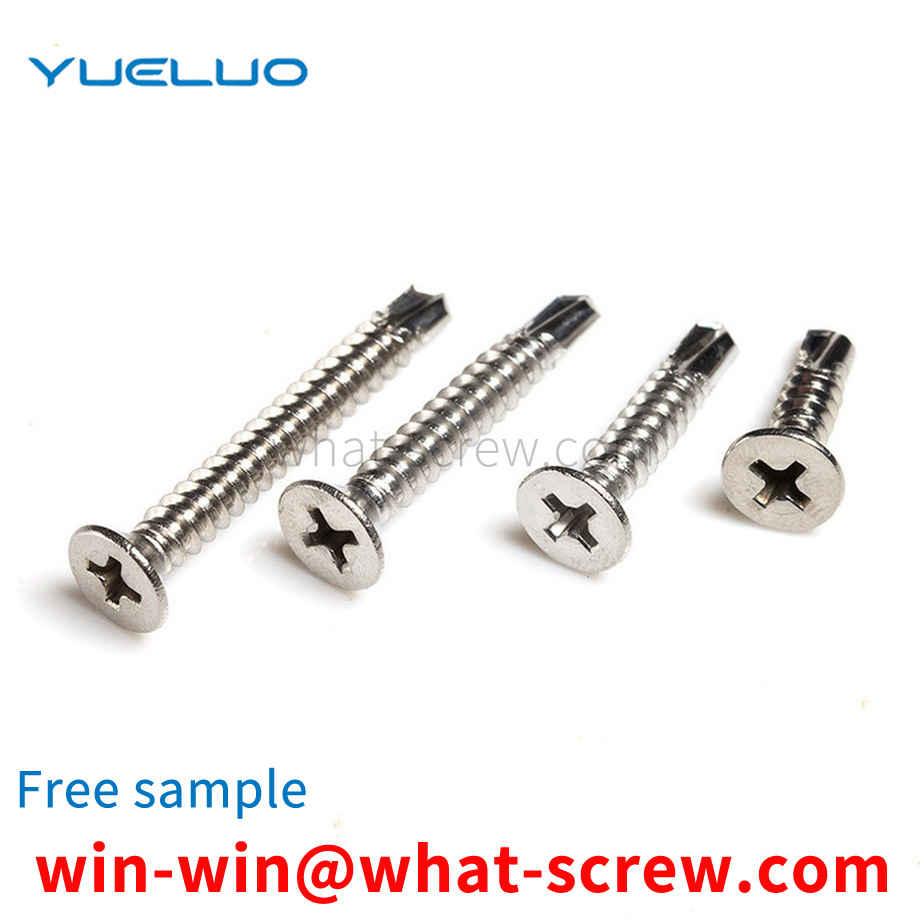
When the countersunk head screws and hexagon socket head bolts are produced by the cold heading process, the original structure of the steel will directly affect the forming ability of the cold heading process. In the process of cold heading, the plastic deformation of the local area can reach 60%-80%, so the steel must have good plasticity. When the chemical composition of the steel is constant, the metallographic structure is the key factor to determine the plasticity. It is generally believed that the coarse flaky pearlite is not conducive to cold heading forming, while the fine spherical pearlite can significantly improve the plastic deformation ability of the steel. For medium carbon steel and medium carbon alloy steel with a large amount of high-strength bolts, spheroidizing (softening) annealing is performed before cold heading, so as to obtain uniform and fine spheroidized pearlite to better meet the actual production needs. For the softening annealing of medium carbon steel wire rods, the heating temperature should be kept above and below the critical point of the steel, and the heating temperature should not be too high, otherwise tertiary cementite will precipitate along the grain boundary, resulting in cold heading cracking. The wire rod of medium carbon alloy steel is annealed by isothermal spheroidization. After heating at AC1+ (20-30%), the furnace is cooled to slightly lower than Ar1, the temperature is about 700 degrees Celsius for an isothermal period, and then the furnace is cooled to about 500 degrees Celsius and air-cooled. The metallographic structure of the steel changes from coarse to fine, from flake to spherical, and the cracking rate of cold heading will be greatly reduced. The general area of softening annealing temperature for 35\45\ML35\SWRCH35K steel is 715-735 degrees Celsius; while the general heating temperature for spheroidizing annealing of SCM435\40Cr\SCR435 steel is 740-770 degrees Celsius, and the isothermal temperature is 680-700 degrees Celsius.
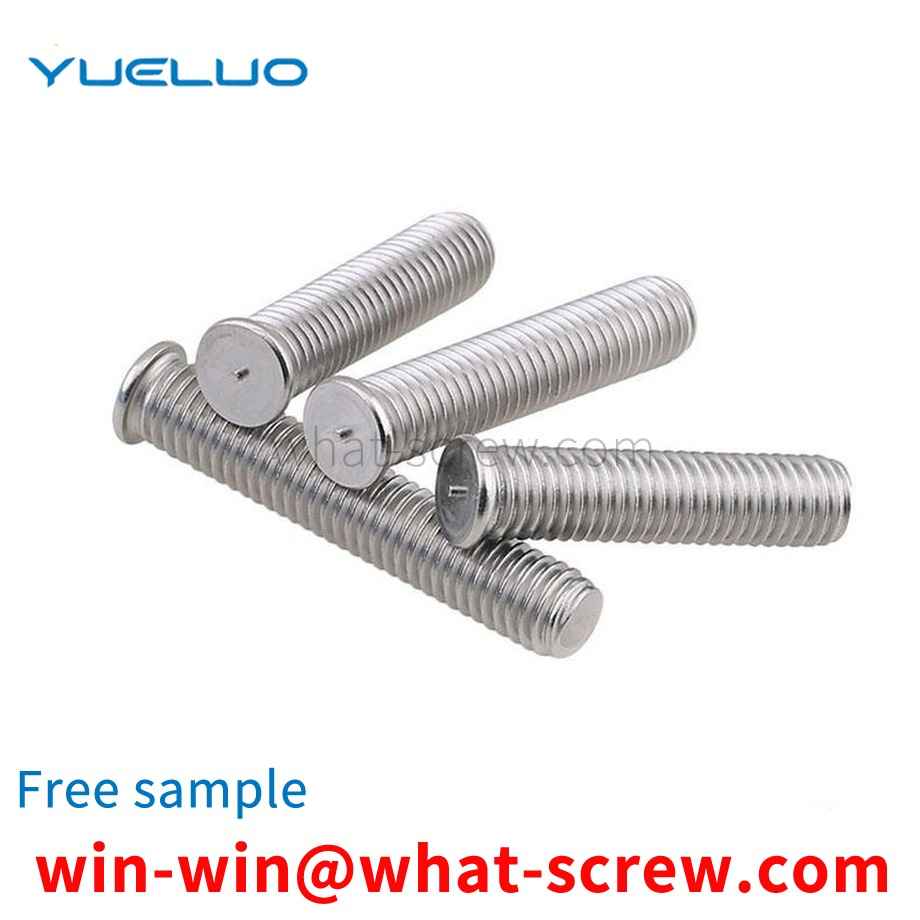
The above content is uploaded by Yueluo or the Internet. If there is any copyright issue, please contact [email protected].

What is the tolerance range of precision screws?

How to choose the right stainless steel screw manufacturer?

Why is there an R angle under the head of the hexagon head s...
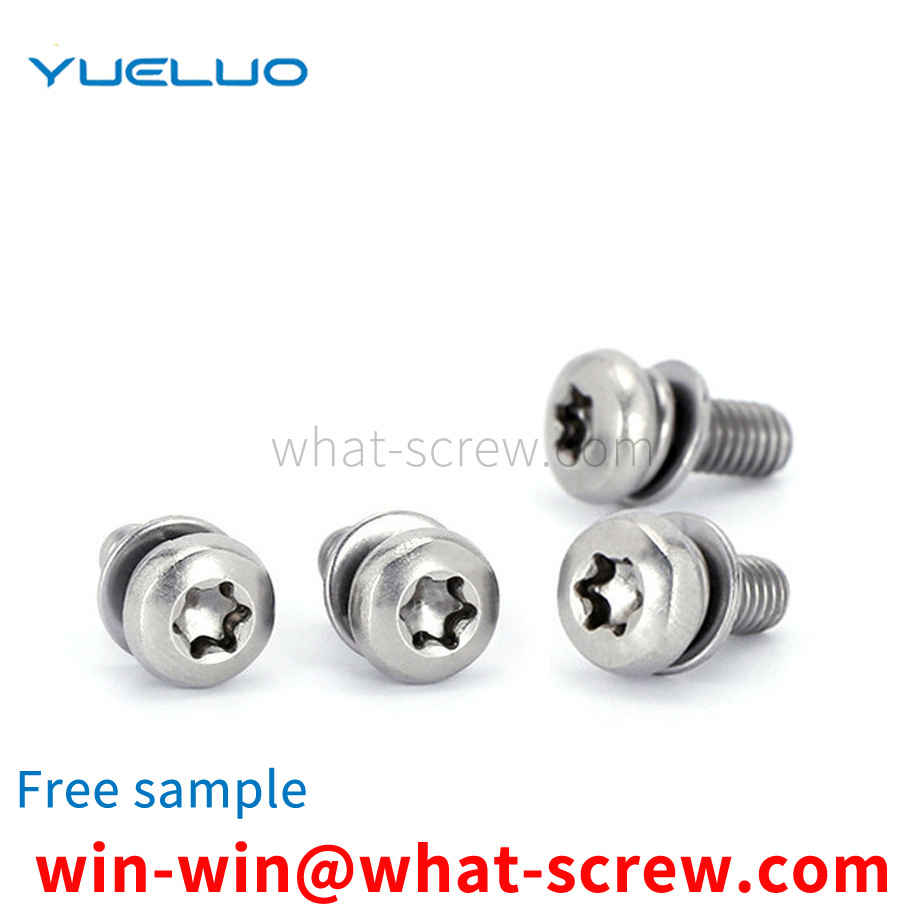
We have more than ten years of production experience in the ...

We have more than ten years of production experience in the ...

We have more than ten years of experience in screw industry ...
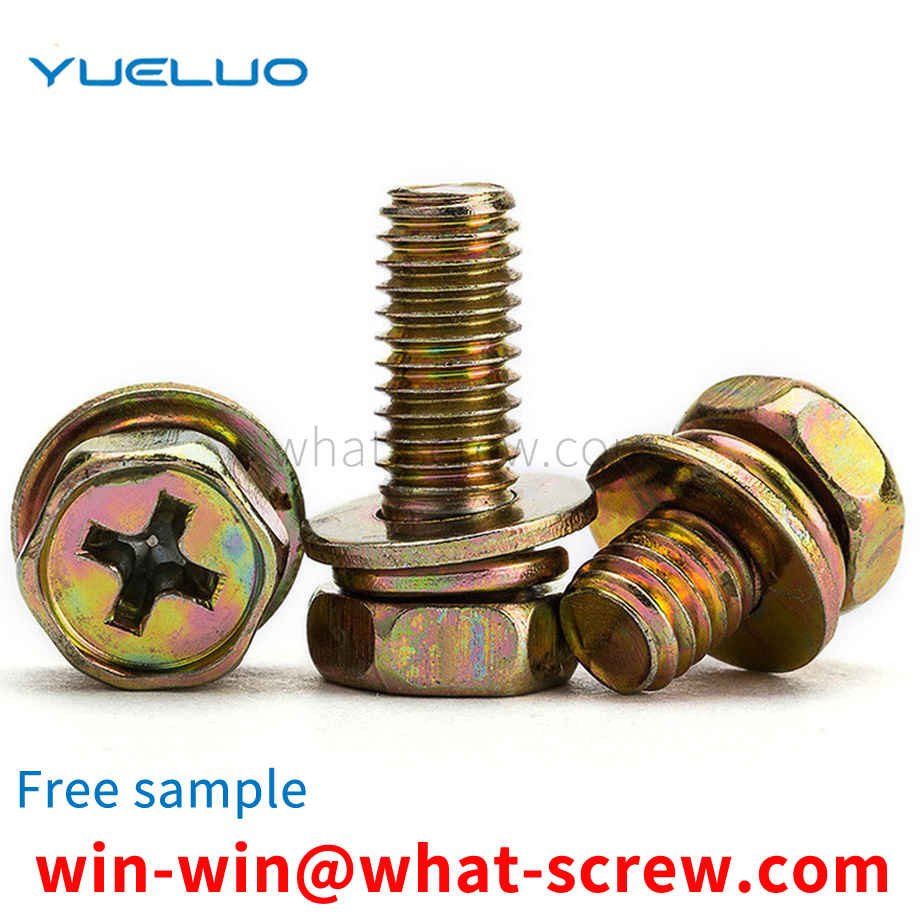
We have more than ten years of production experience in the ...